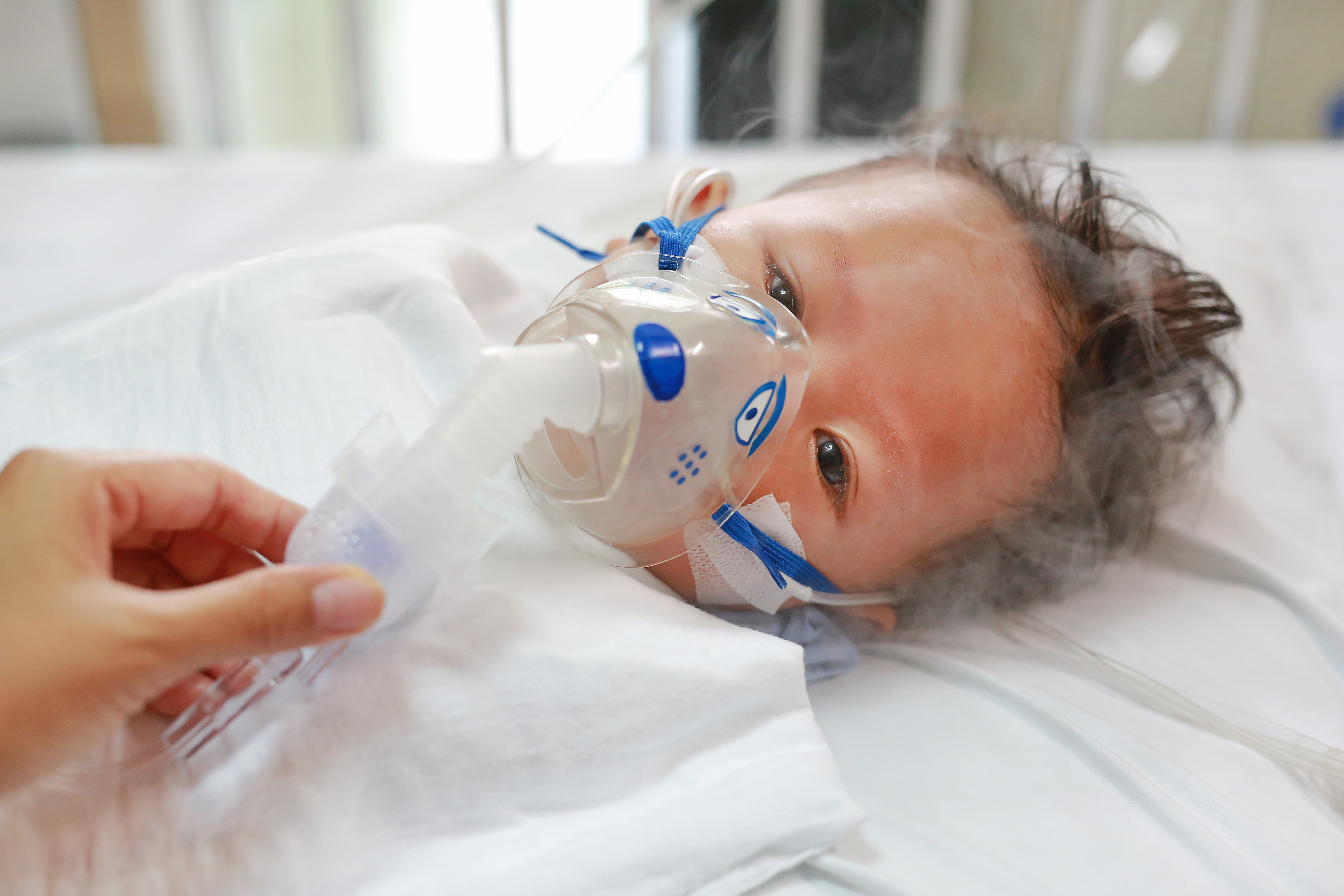Breadcrumb

Pediatricians across the US are seeing an increased number of cases of RSV, or respiratory syncytial virus, a common respiratory virus that causes infection in the lungs and breathing passages. But Utah is currently seeing moderate activity, with RSV most active in the winter and early spring months between January and March.
RSV can cause common cold symptoms like a runny nose or fever. Carole H. Stipelman, MD, and medical director of the pediatric clinic at University of Utah Health's Sugar House Health Center, said RSV can persist for two to three weeks. Breathing problems and a build-up of mucus signal a worsening illness.
RSV affects people of all ages but can affect babies and children more seriously. "In younger children, the reason why they are at risk is that their small airwaves get filled with mucus that the virus produces," Stipelman said. "The most important thing is to make sure your baby is not having to choose between breathing and eating." The virus can also cause more severe problems like ear infections, bronchiolitis, and pneumonia.
RSV can spread when an infected person coughs or sneezes. "Be very vigilant about hand sanitation and wearing masks," Stipelman said. "People with a cough or runny nose should wear a mask. That's how RSV spreads rapidly."
People with RSV are usually contagious for three to eight days, but symptoms can last longer for those with weakened immune systems. Most RSV infections go away on their own in a week or two. There is no specific treatment for the virus, but fever and pain can be managed with over-the-counter fever reducers and pain relievers. Those with more severe symptoms should see a doctor immediately.
Symptoms of RSV usually include:
- Runny nose
- Decrease in appetite
- Coughing
- Sneezing
- Fever
- Wheezing
RSV prevention:
- Cover your coughs and sneezes with a tissue and avoid using your hands
- Wash your hands often
- Avoid close contact with others
- Clean contaminated surfaces